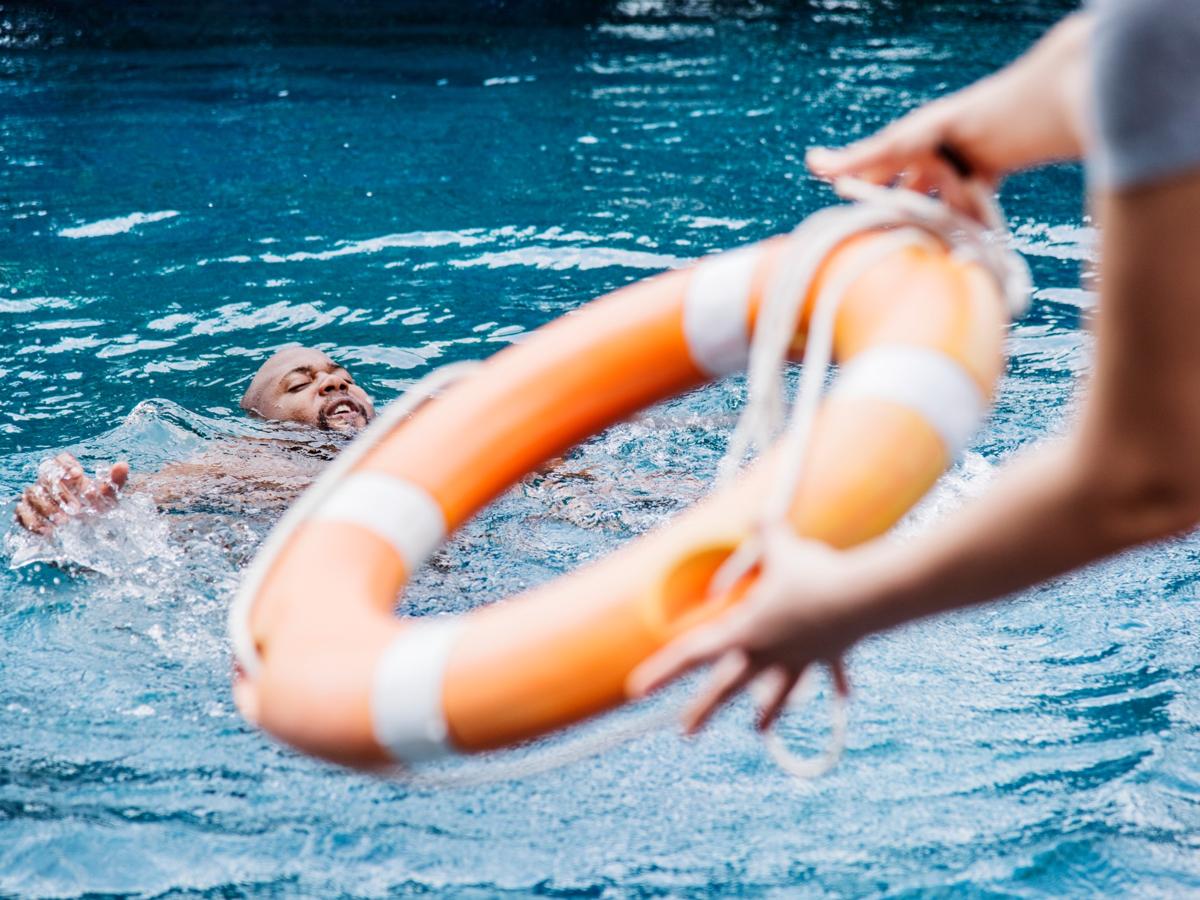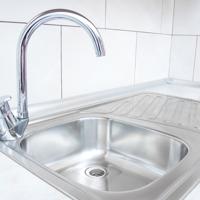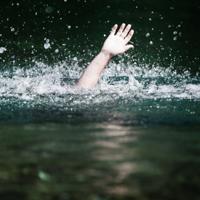When preparing for emergencies, safeguarding your water supply is a crucial step. Having access to clean water can make a huge difference during any kind of disruption, whether it's due to a natural disaster, power outage, or unexpected circumstances that limit access to safe water.
Here, we explore various methods and considerations for purifying and storing water effectively. These insights aim to help you ensure a reliable water supply for yourself and your family.
Understanding Water Needs
An average person needs about one gallon of water per day for drinking and basic hygiene. This estimation can vary based on climate, exertion levels, and individual health. It's advisable to store at least a two-week supply of water per person in your household.
Water Storage Solutions
Containers: Use food-grade water storage containers, such as plastic jugs, glass bottles with tight lids, or stainless steel containers. It's important that any container used has not held toxic substances previously.
Commercially Bottled Water: This is an easy and reliable option. Be sure to store bottles in a cool, dark place to maintain quality and extend shelf life.
DIY Storage Solutions: For those looking to store larger volumes, 55-gallon barrels or water tanks can be effective. Make sure they are specifically designed for potable water.
Ensure any storage container is sealed tightly to avoid contamination and is periodically monitored for leaks or other issues.
Purification Methods
Water may become contaminated in multiple ways. Before storing or consuming any water, purifying it ensures its safety. Here are several methods commonly used:
Boiling: One of the simplest and most effective methods. Bringing water to a rolling boil for at least 1 minute (or 3 minutes at higher altitudes) kills most pathogens.
Chemical Treatments: Chlorine or iodine tablets can disinfect water. These are useful for their ease of storage and transport. Always follow the manufacturer's instructions for proper dosage.
Filtration Systems: Various filtration devices, such as pumps, straws, and gravity filters, can remove bacteria and protozoa. Some advanced systems also tackle viruses and heavy metals.
Ultraviolet Light: Using a UV light device can inactivate microorganisms in water. These devices are battery-operated, making them suitable for emergency kits.
Distillation: Involves boiling water and capturing its steam. This method removes pathogens and many chemical contaminants but may require substantial energy and time.
Regular Maintenance and Monitoring
Regardless of your chosen method, regular maintenance is key. Inspect your stored water and containers every few months. Look for any signs of deterioration or contamination. Refresh your supply periodically, even if it seems stable, to ensure safety.
Conclusion
Proper water purification and storage are cornerstones of emergency preparedness. By understanding your needs and options, you create a buffer that can support you through unexpected events. Remember, it's about taking thoughtful, informed steps rather than seeking perfection. Each household's situation is unique, so consider what fits best for your conditions and resources.
References
We hope these insights provide a foundation for your water preparedness efforts. Stay safe and well-prepared.




